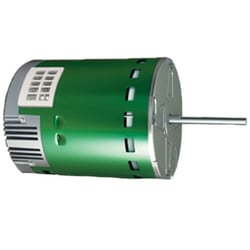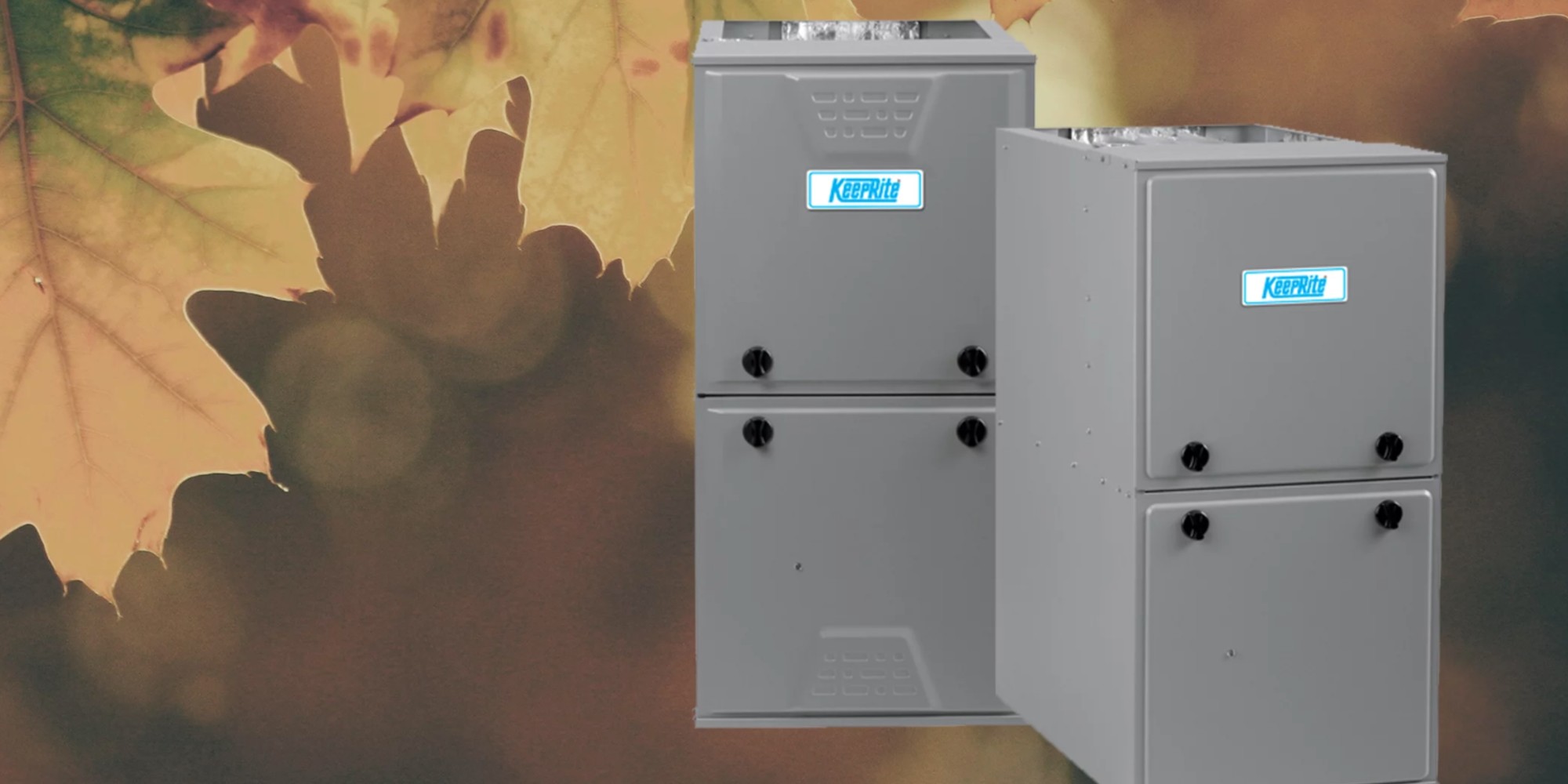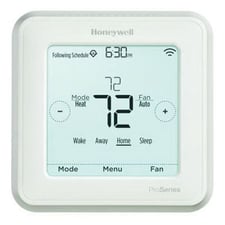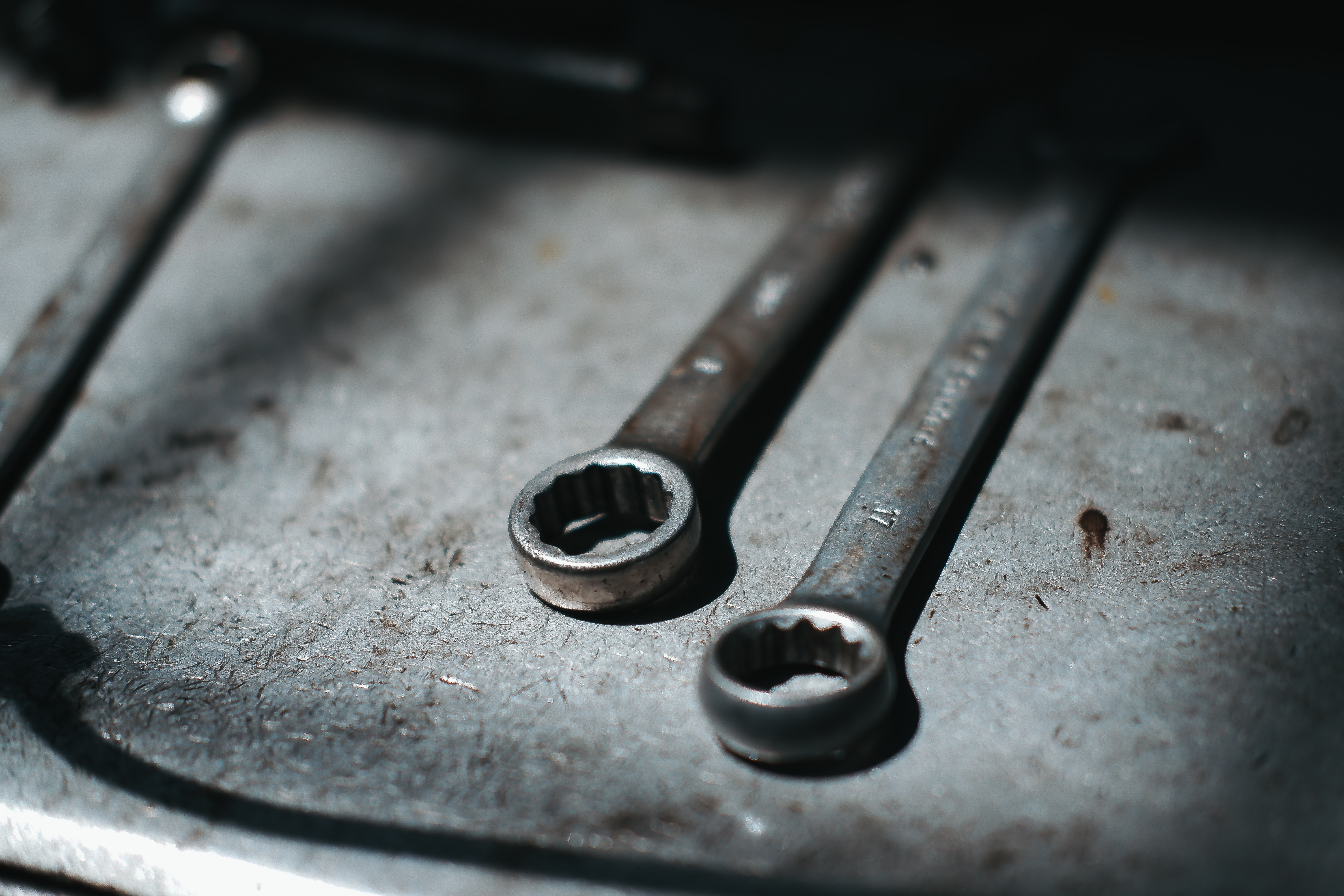Wolseley PRO Pipeline Blog
The residential HVAC system could be considered the heartbeat of the home. The average homeowner does not pay attention to the components of this system until they either break down, or the energy bills start getting too high. There are many ways to ensure long life and efficiency in an HVAC system that start from small inexpensive changes to full replacements. In this discussion we will concentrate on fully ducted systems as they are the most common installations in Canada. While there are other heating and cooling systems, such as ductless, and heating-only systems, such as radiators and various hydronic systems, here we will focus on fully ducted.
Maintain or replace?
The most obvious part of the HVAC system is the furnace or air handler (common with heat pumps). While there are various types of furnaces (electric and oil for example), natural gas makes up the bulk of units sold in Canada. When it comes to ensuring efficiency in the system, this is the first place to start.

Regular maintenance will ensure that the furnace is running at peak efficiency. However, if it is more than ten years old, replacement with a higher efficiency model (above 90% AFUE) may be necessary. Check out KeepRite’s Quiet Comfort 2-Stage Gas Furnace, for example.
As well, switching from a PSC motor to an ECM motor will provide electrical savings. ECM motors can ramp up and down based on blower demand and have a lower electrical amp draw. ECM motors also tend to have longer lifespans, making them more reliable in most applications.
Shop for ECM motors on Wolseley Express, like the EM Evergreen ECM.
Finally, if replacing a furnace, choosing a multi-stage or modulating unit will save energy. If there is a lower heat load (during the shoulder seasons, for example) than it was originally designed for, the unit will only fire at a partial rate, therefore saving fuel.
Furnace replacement is expensive so it may be worth it to look at other means to maximize efficiency.
Ensuring proper airflow
Ensuring proper airflow is essential to gaining efficiency with either a furnace or air handler. Many airflow factors can contribute to a poorly operating HVAC system. Common issues include air filters that are either clogged or too restrictive or dirty A-Coils (in the plenum only if a central AC system is installed). Blocked registers can also be the culprit. Closing off a register in a room does not help the efficiency of a system and will probably make end up costing the homeowner more.
Air filters
Air filters can be a controversial topic. There are a myriad of types on the market with some obstructing airflow more than others. While pleated (media) filters are popular, ensuring that they are properly sized and clean is essential. When choosing an air filter, pay attention to the MERV rating. MERV rates the ability to remove pollutants, the higher the MERV rating the more pollutants are removed. As the MERV rating goes up the more airflow is impeded. Maximum surface area is essential for the higher MERV rated filters. A 4” MERV 11 filter provides far more surface area than a 1” filter with the same rating. Especially if installed with newer equipment, you can have various issues with a 1” filter, from poor air flow right up to a furnace going out on high limit. As well, these filters need to be changed on a regular basis. While some manufacturers may say every 3 or 6 months, environmental conditions will dictate when the filter needs to be changed. Regular inspection is essential.
Proper thermostat placement
Another way of maximizing the HVAC system is to have a properly placed programmable thermostat. Allowing the thermostat to reduce the heating demand when the house is not occupied will help save energy and therefore money. At minimum a 5-2 (can program the 5 weekdays and the 2 weekend days separately) would be a smart investment. Best option would be a 7 day or even WIFI thermostat.
Ensuring that the thermostat is in the correct location is essential. The optimal location for a thermostat is on an interior wall away from direct sunlight, air vents, the kitchen, windows and doors, heat sources (electronics) and hallways. Installation in the room most frequented by the homeowner will provide the most comfort and allow for the most efficient use of the HVAC system.
Shop for programmable thermostats on Wolseley Express, like the Honeywell Lyric T6 Pro Wi-Fi Programmable Thermostat.
Regular maintenance
Yearly maintenance is essential to most HVAC systems. When doing an installation, it’s a good idea to set up a maintenance contract as well. If the homeowner balks at this, you can compare regular HVAC maintenance to regularly changing the oil in their car. This is a commonly understood and accepted equipment maintenance practice. An HVAC system needs this care as well.
Cleaning the blower area of either the furnace or air handler will help with efficiency. As mentioned, if there is a central AC system, the coil must be kept clean to allow unobstructed air flow. Also, with a furnace, ensuring that the combustion chamber and burners are clean is essential as the buildup combustion debris will affect how well the unit operates. Checking gas pressure and, if needed, doing a combustion analysis will ensure that the combustion process is at peak efficiency.
These are only a few ways of ensuring that the HVAC system runs at optimal performance. A long-term service contract will ensure that homeowners will be satisfied during the coldest weather winter can dish out.
For more HVAC articles, promotions and more, sign up to be a Wolseley PRO.










